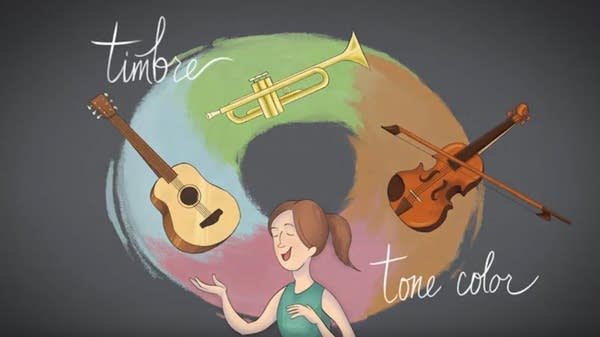The Science Behind Why Certain Sounds Are Pleasing
Have you ever wondered why some sounds are more pleasing than others? Whether it’s the soothing strum of a guitar, the rhythmic beating of drums, or the gentle hum of a familiar tune, certain sounds have the power to evoke emotions, create memories, and even improve our well-being. But what exactly makes these sounds so appealing? Let’s dive into the fascinating science behind why certain sounds are pleasing to our ears.
The Role of Frequency
At the core of sound is frequency, which is measured in Hertz (Hz). Frequency refers to the number of vibrations per second that create sound waves. Our ears are designed to detect a wide range of frequencies, but we are particularly sensitive to those between 20 Hz and 20,000 Hz.
Sounds within this range that have a harmonious combination of frequencies are often perceived as pleasant. For example, musical notes that form chords or melodies typically have frequencies that are mathematically related, creating a sense of harmony. This is why a well-tuned piano or a skillfully played guitar can be so enjoyable to listen to.
The Impact of Timbre
Timbre, often described as the "color" of sound, refers to the quality or texture that makes one sound distinct from another, even if they share the same pitch and loudness. The unique combination of overtones or harmonics gives instruments and voices their distinctive sounds.
Image Source: Your Classical Class Notes
For instance, the same note played on a violin and a trumpet will sound different due to their unique timbres. Our brains appreciate these differences and often find complex, rich timbres more pleasing because they stimulate multiple auditory pathways simultaneously.
The Power of Rhythm
Rhythm is another crucial element that influences our perception of sound. Rhythmic patterns, such as those found in music, can evoke strong emotional responses. A steady, predictable rhythm can be calming, while a syncopated, unpredictable rhythm can be exciting.
Image Source: Vectors
Research has shown that our brains are wired to recognize and respond to rhythm. This is why a catchy tune can make us tap our feet or dance along. The synchronization between rhythm and our bodily movements enhances the pleasure we derive from these sounds.
Emotional Resonance
Our emotional state plays a significant role in how we perceive sounds. Pleasant sounds often evoke positive emotions and memories. For example, the sound of ocean waves might remind someone of a peaceful beach vacation, thereby enhancing the pleasure associated with that sound.
Conversely, sounds that are harsh or discordant can trigger negative emotions, such as anxiety or discomfort. This is why a baby's laughter is universally pleasing, while the screech of nails on a chalkboard is almost universally unpleasant.
Cultural Influences
Cultural background also shapes our perception of what sounds are pleasing. Different cultures have varying musical scales, instruments, and traditions that influence what their members find enjoyable. For example, the pentatonic scale is prevalent in East Asian music, while the diatonic scale dominates Western music.
Image Source: Medium
Exposure to these cultural soundscapes from a young age helps shape our auditory preferences, making certain sounds more pleasing based on our cultural conditioning.
Conclusion
The science behind why certain sounds are pleasing involves a complex interplay of frequency, timbre, rhythm, emotional resonance, and cultural influences. Understanding these elements can enhance our appreciation of the sounds we encounter daily, from the music we listen to, to the natural sounds around us.
Sources
Let’s Collaborate!
Need help building the tone for your production? Hit us up – the Rareform Audio team would love to help you create the perfect soundtrack that speaks to your audience and enhances the power of your visual storytelling to new heights!
Rareform Highlights







































